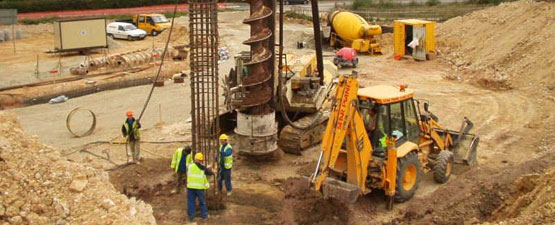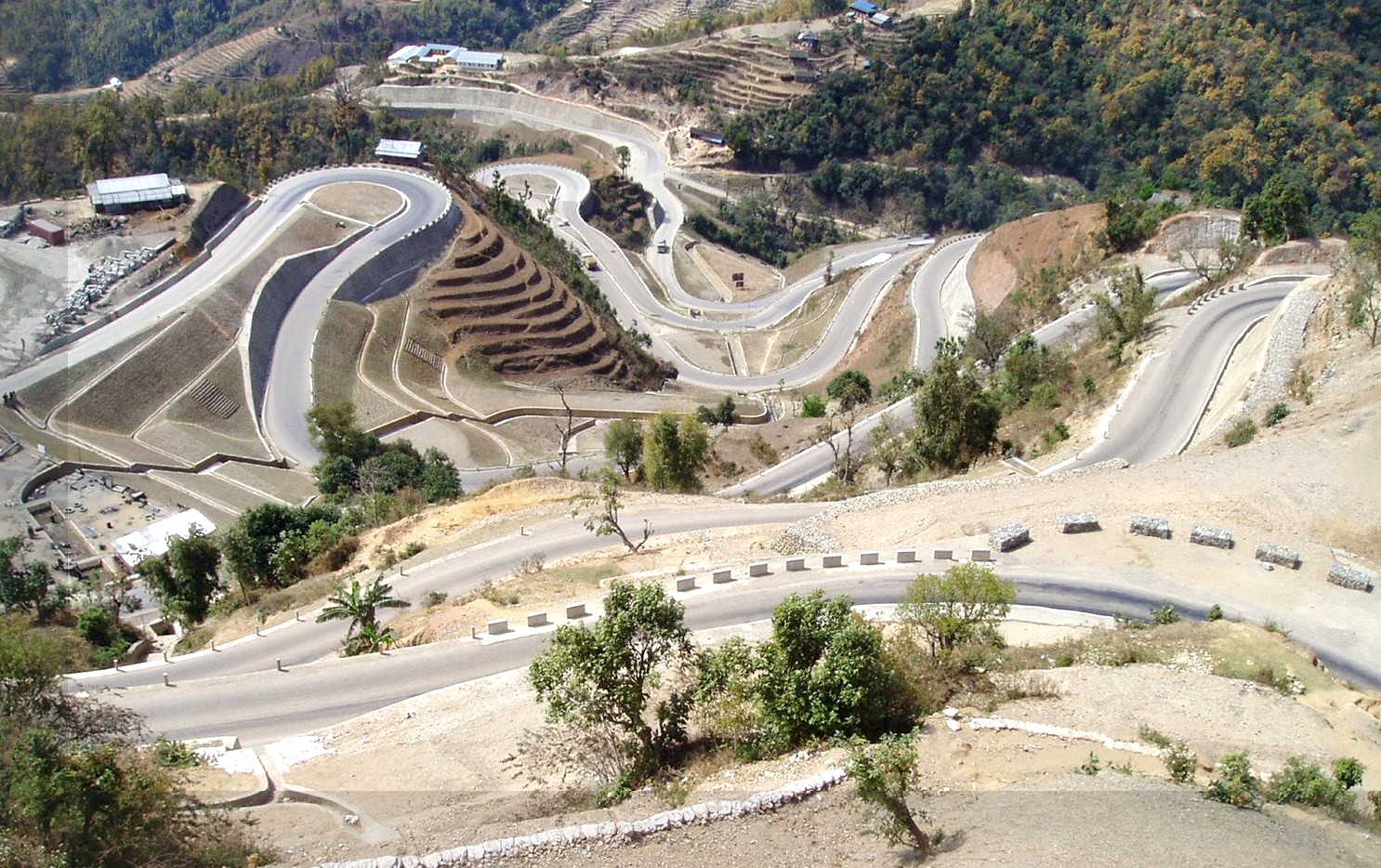Exactly How Consulting Engineers Enhance Geotechnical Engineering Projects: Insights Into Their Proficiency, Approaches, and Collaborative Approaches
Consulting engineers are crucial in boosting geotechnical engineering jobs, using their specialized knowledge to browse the intricacies of subsurface problems. Their collaborative strategies foster communication amongst varied job stakeholders, inevitably shaping the job's trajectory.
Role of Consulting Engineers
The expertise of getting in touch with designers in geotechnical engineering is basic to the successful implementation of building jobs. These experts play an essential duty in assessing dirt and rock properties, which are important elements affecting layout and building decisions. By performing thorough website investigations, speaking with engineers gather essential data that educates the style procedure, making certain tasks are built on stable and appropriate ground.
Consulting engineers additionally provide vital insights into threat administration (geotechnical geologist). They recognize potential geotechnical dangers, such as landslides, dirt liquefaction, and settlement issues, allowing stakeholders to implement reliable mitigation approaches. Their competence aids in maximizing foundation designs, which can result in substantial cost savings and improved security
Additionally, consulting engineers act as an essential web link in between task owners, architects, and contractors. Their capability to convert complicated geotechnical information into actionable suggestions cultivates collaboration and assists in informed decision-making throughout the task lifecycle. This multidisciplinary approach not just improves project performance however likewise guarantees conformity with regulatory requirements and finest methods.
Key Methods in Geotechnical Design

One primary methodology is website investigation, which includes performing field tests and lab analyses to collect data on subsurface problems. Techniques such as Requirement Infiltration Screening (SPT) and Cone Infiltration Screening (CPT) are commonly utilized to review soil stratigraphy and strength. Additionally, geophysical methods, including seismic and electrical resistivity surveys, offer non-invasive ways to examine subsurface attributes.
One more essential technique is mathematical modeling, which makes it possible for designers to imitate numerous circumstances and anticipate exactly how soil-structure interactions will certainly behave under various loading problems. Limited Aspect Analysis (FEA) is a common strategy used in this context.
Moreover, the layout of structures, maintaining structures, and earthworks relies greatly on these techniques - geotechnical geologist. By incorporating innovative analytical tools with area information, seeking advice from engineers can develop tailored remedies that attend to particular task obstacles, eventually contributing to the security and security of construction tasks
Relevance of Soil Evaluation
Dirt analysis offers as a foundational component in geotechnical engineering, giving vital understandings right into the physical and chemical residential properties of soil needed for effective building preparation. Understanding soil qualities is critical for determining its load-bearing capability, water drainage behavior, and potential for negotiation or instability. Comprehensive dirt examinations, including sampling and research laboratory screening, help determine criteria such as soil type, wetness web content, density, and shear strength.
These evaluations inform the choice of proper construction techniques and materials, eventually influencing task safety and longevity. For example, natural dirts might call click for more info for various structure designs compared to granular soils, requiring tailored engineering options. Moreover, dirt evaluation help in determining contaminants that can pose dangers to human health and wellness or the atmosphere, permitting the development of reduction strategies.
Incorporating soil evaluation right into the very early stages of project development assists to reduce unexpected challenges, ensuring that designers can prepare for and deal with prospective issues before they rise. By developing a detailed understanding of the site conditions, getting in touch with designers can enhance design performance and lower expenses, thereby boosting the total success of geotechnical design projects.
Collaborative Strategies in Jobs
Successful geotechnical tasks commonly depend upon joint strategies that unite diverse expertise from numerous disciplines. Reliable cooperation among getting in touch with engineers, rock hounds, environmental researchers, and building experts is vital for dealing with complicated obstacles and enhancing job outcomes. By leveraging the distinct abilities and understanding of each group participant, jobs can take advantage of an alternative understanding of the website conditions, regulative needs, and engineering restraints.
Normal see post communication and interdisciplinary conferences facilitate the sharing of insights and cultivate a culture of team effort. These joint efforts allow the recognition of potential dangers early in the job lifecycle, permitting timely mitigation strategies. Including comments from stakeholders, consisting of local communities and regulative companies, makes sure that all viewpoints are taken into consideration, boosting job approval and conformity.
In addition, the integration of advanced technologies, such as Geographic Information Systems (GIS) and Structure Information Modeling (BIM), further enhances collaboration. These tools permit the real-time sharing of information and visualization of geotechnical problems, promoting educated decision-making. Eventually, a collective technique not only enhances job execution however likewise lays the foundation for innovative solutions to complex geotechnical design obstacles.
Influence on Project Outcomes

Consulting designers use sophisticated techniques such as danger analysis and predictive modeling, which enhance the accuracy of job forecasts. Their capacity to integrate ingenious technologies, like geotechnical instrumentation and data analytics, additionally fine-tunes the style and building and construction procedures. Because of this, projects experience enhanced efficiency, reduced prices, and reduced hold-ups.
Moreover, fostering efficient interaction and cooperation among employee boosts problem-solving abilities. When difficulties emerge, a united front enables for speedy recognition of solutions, avoiding prospective troubles. Inevitably, the collaborative efforts of seeking advice from engineers contribute to higher quality results, making sure that jobs meet both regulative requirements and customer assumptions.
Final Thought
